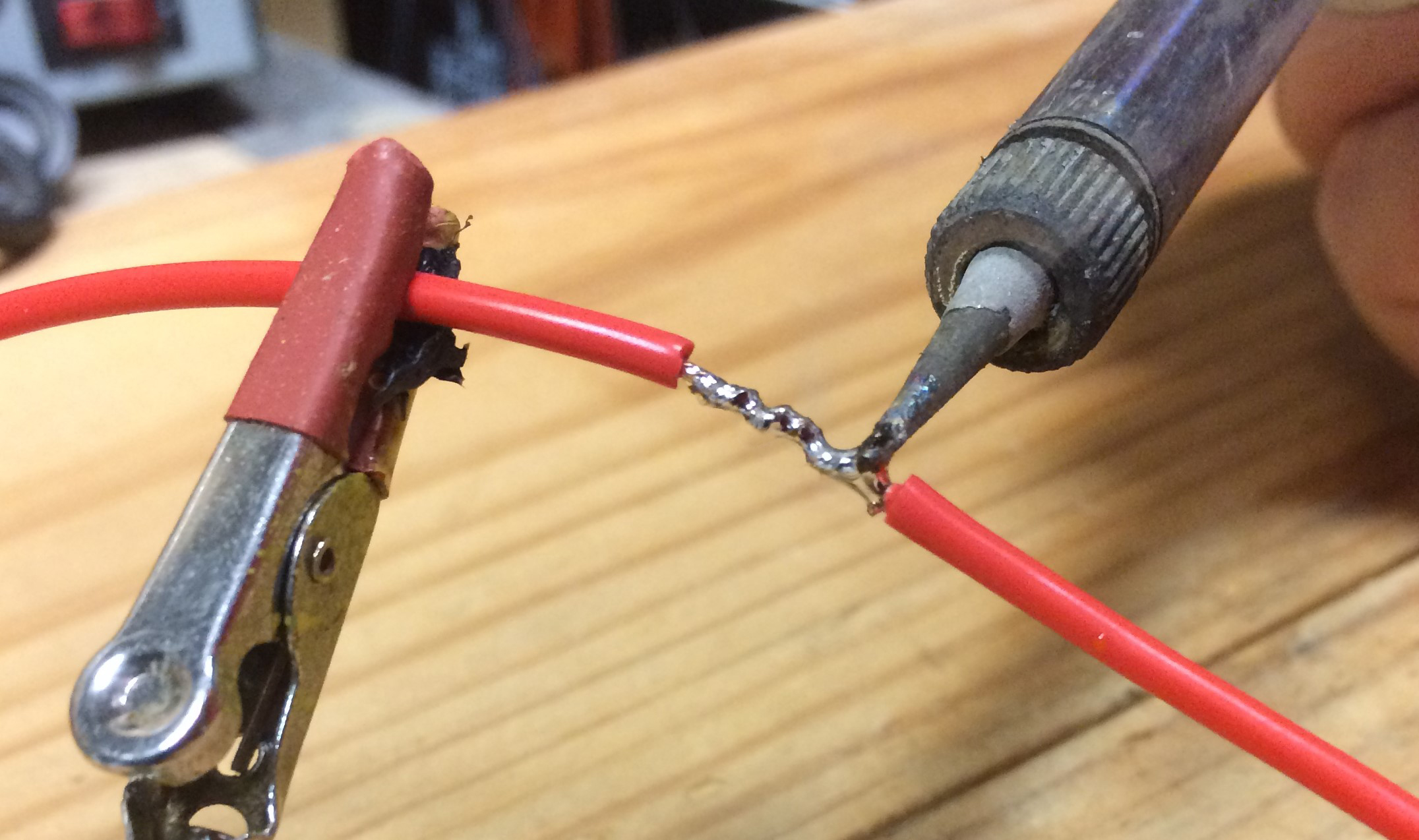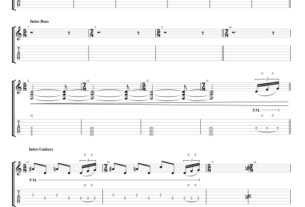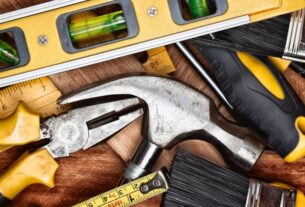If you’re an electrician, DIY enthusiast, or just someone who wants to get the job done right, a wire splice tool is an essential piece of equipment. Whether you’re repairing damaged wires or connecting new ones, a wire splice tool can help you do it quickly and effectively.
In this article, we’ll take a look at some tips and tricks for using a wire splice tool. From choosing the right tool for the job to making sure your splices are secure, we’ve got everything you need to know to make your electrical work easier and more efficient.
Choosing the Right Wire Splice Tool
Before you start splicing wires, it’s important to choose the right tool for the job. There are several different types of wire splice tools available, each with its own strengths and weaknesses.
One common type of wire splice tool is the crimping tool. This tool uses a pair of jaws to crimp a metal sleeve around two wires, making a secure connection. Crimping tools come in a variety of sizes and styles, so it’s important to choose one that’s appropriate for the gauge of wire you’re working with.
Another popular type of wire splice tool is the soldering iron. This tool uses heat to melt solder onto two wires, creating a strong bond. Soldering irons come in both corded and cordless models, so you can choose one that fits your needs.
Finally, there are wire nut connectors. These plastic caps twist onto two or more wires, creating a secure connection without the need for any special tools. While they may not be as strong as crimped or soldered connections, wire nut connectors are quick and easy to use.
No matter which type of wire splice tool you choose, make sure it’s made from high-quality materials and designed for heavy-duty use. Cheap tools may save you money in the short term, but they won’t last as long or perform as well as more expensive options.
Preparing Your Wires for Splicing
Before you start splicing wires, it’s important to prepare them properly. This means stripping away any insulation and cleaning the exposed wire ends.
To strip away insulation, use a wire stripper tool. These tools feature notches that match up with the gauge of wire you’re working with, making it easy to remove just the right amount of insulation without damaging the wire itself.
Once you’ve stripped the wires, use a wire brush or sandpaper to clean the exposed ends. This will help ensure a strong connection when you splice the wires together.
Making a Secure Connection
When splicing wires, it’s important to make sure your connection is secure. A loose or weak connection can cause electrical problems down the line, so take your time and do it right.
If you’re using a crimping tool, make sure you choose the right size metal sleeve for your wires. The sleeve should fit snugly around both wires without being too tight or too loose.
If you’re soldering your wires together, make sure you heat both wires evenly to avoid cold joints. Apply just enough solder to cover the exposed wire ends without creating excess buildup.
Finally, if you’re using wire nut connectors, twist them on firmly and then give them a tug to make sure they’re secure. If they come off easily, you may need to try again with a new connector.
Testing Your Splice
Once your wires are spliced together, it’s important to test them to make sure they’re working properly. Use a multimeter or continuity tester to check for proper connectivity between the two wires.
If there’s no continuity or resistance between the two wires, try adjusting your splice or choosing a different type of wire splice tool. It may take some trial and error to get it right, but with practice, you’ll soon be able to make strong and secure wire splices every time.
Conclusion
A wire splice tool is an essential piece of equipment for anyone who works with electrical wiring. Whether you’re a professional electrician or just someone who likes to tackle DIY projects, knowing how to use a wire splice tool can save you time and money in the long run.
By choosing the right tool for the job, preparing your wires properly, making a secure connection, and testing your splice, you can ensure that your electrical work is safe and effective. With these tips and tricks, you’ll be well on your way to becoming a master at splicing wires.
Wiki Reference: https://en.wikipedia.org/wiki/Wire_splice




